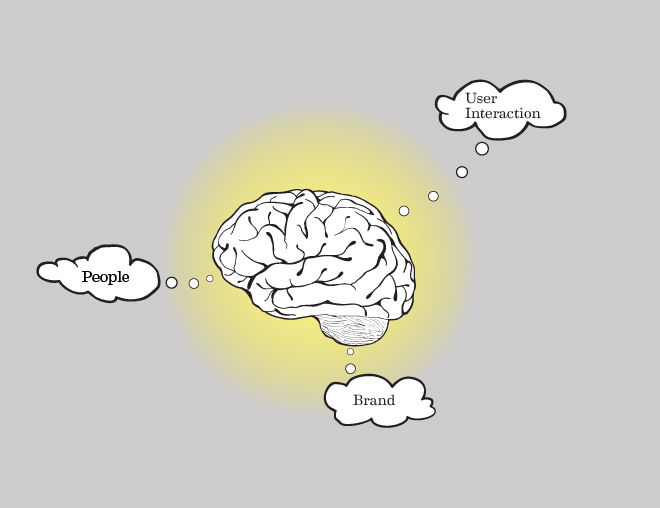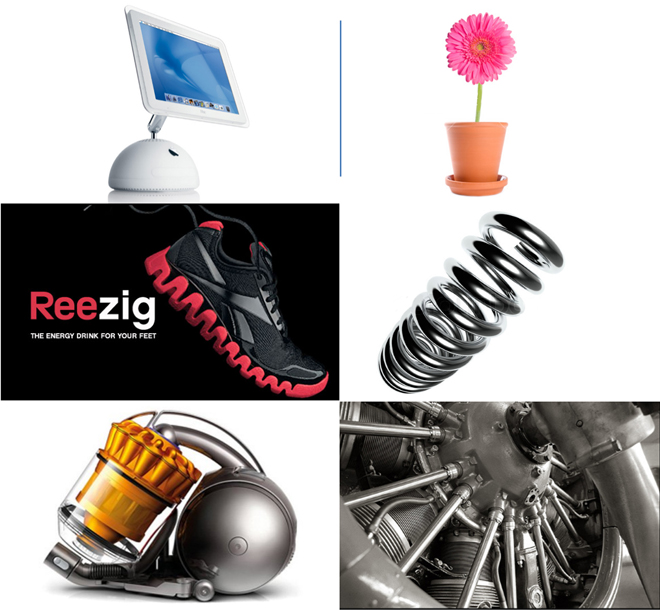
Ever wonder why you have such a strong emotional connection to objects? Why do you love your car, your headphones or even your favorite pen? It’s probably because a lot of thought went into the design of that product to ensure it would evoke the right logical and visceral response from you.
Think of it as a war going on in your brain. Although it is an oversimplification of cognitive science, it is a commonly held belief that various “areas” (not literally physical areas) of your brain will process stimulus in different ways. There are areas of your brain that are more deliberate in their processing of information. This deliberate brain allows you to make thoughtful, purposeful and often rational decisions. Opposing this is your instinctive brain. The instinctive brain responds more quickly and viscerally to stimulus. This is often without your conscious awareness. And these two areas of your brain occasionally don’t get along. Your instinctive brain might want you to buy that amazing $500 pair of shoes but your deliberate mind reminds you that you’ve already maxed out your credit cards and a $50 pair of shoes will suffice.
The best products – the ones that cause us to fall in love with them – accomplish the elusive goal of getting the opposing forces of your brain to call a truce. They are logical enough to be useful in your life while also satisfying you viscerally.
To dig deeper, let’s first look at what we’re calling your deliberate brain. Our deliberate mind reminds us that we all need things to fit into our lives to perform a task. Even the simplest of objects (such as your beloved pen) have been carefully researched, designed and engineered to fit into your life and make your life better. When things work well, and fit you well, the deliberate part of your brain tells you that you like it – and you start to create a connection with the product.
But then it gets really interesting when we consider how the instinctive part of your brain is involved. This doesn’t follow the boring rules of the logical and deliberate part of your brain. Many of these drivers and motivations are triggered by things that are subconscious. For example, have you ever wondered why you love the look of certain types of cars? This is likely because significant effort was made in designing these cars to look attractive to you. As humans, we’re naturally drawn to faces. We can’t help but see facial expression on the front of a car. For example, a Mini Cooper is intentionally designed to have a happy facial expression to communicate the fun and free-spirit nature of the car. Conversely, a BMW is intended to appear strong and powerful – therefore having a more serious facial expression.

And this phenomenon isn’t limited to cars. All things around us communicate a message. Consider this soap bottle. At first it just seems like a simple, unique shape for a bottle. But what this object is communicating to your subconscious is fresh and natural. How? The shape of the bottle intentionally mimics that of a pear. It’s not literal and not meant to make people conciously think that it looks like a pear. Instead, it’s intended to trigger the appropriate responses from your subconscious to make you believe the promise that this is a natural product.

The examples go on and on. Computers that are meant to evoke happiness, sneakers that add spring to our step, vaccum cleaners as powerful as jet engines. We’re surrounded by things that were strategically created to subconsciously evoke an intended message from the instinctive part of our brain.

And this doesn’t happen by accident. Significant effort is made in researching, designing and testing the objects that are around us. Teams of people with training in design, marketing, ergonomics, and engineering spend time ensuring the objects they’re creating speaks to you in the right way.
So, why do we love inanimate objects? There’s a silent battle going on in your brain. Few products or services manage to adequately appease both sides of this conflict. But, when something does manage to satisfy both deliberate needs and instinctive desires, we can’t help but fall in love. So go ahead and hug your favorite pen and tell it how you really feel.




